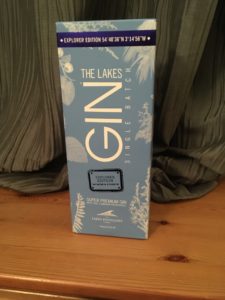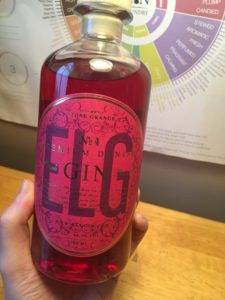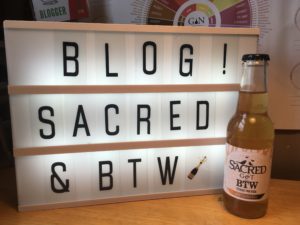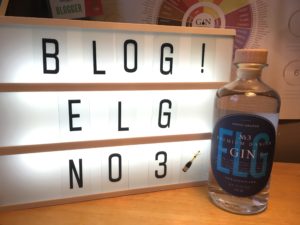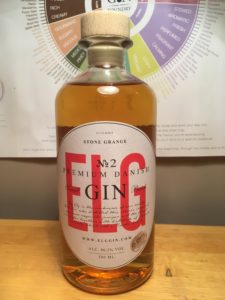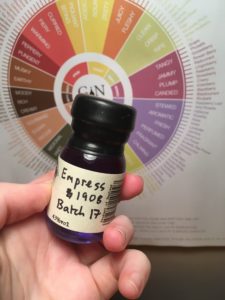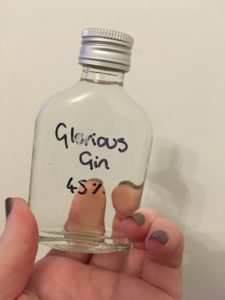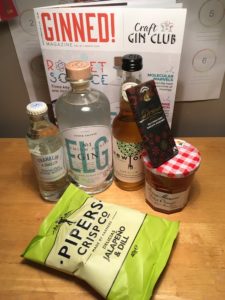Note: I contacted Brindle Distillery and they kindly sent me a bottle of Cuckoo gin to try. This won’t influence my tastebuds though.
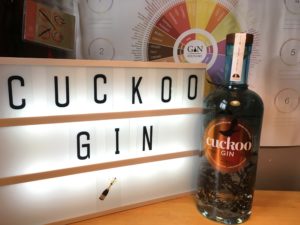 Based in Lancashire, Brindle Distillery produce Cuckoo Gin – a gin with sustainable and ethically-sourced botanicals and named after a local legend. The Brindle Cuckoo hails back to the middle ages when hearing the first cuckoo’s call of spring led to celebrations that the fertility of the land would reward the farm workers. So, obviously, the locals decided to catch one to keep in the village to bring them luck all year round – except the cuckoo was smart and flew off. Now, anyone born and bred in Brindle is known as a Brindle Cuckoo. They keep this theme running with locally grown botanicals from the surrounding fields and their natural water source delivers spring water straight to the distillery. Being ecologically minded doesn’t stop there; they heat their still, Maggie, with renewable energy biomass boilers and they feed any distilling byproducts to their cattle and chickens. They say their gin is smooth with flavours starting at juniper and developing to citrus, spice and pepper. Let’s see how it fares…
Based in Lancashire, Brindle Distillery produce Cuckoo Gin – a gin with sustainable and ethically-sourced botanicals and named after a local legend. The Brindle Cuckoo hails back to the middle ages when hearing the first cuckoo’s call of spring led to celebrations that the fertility of the land would reward the farm workers. So, obviously, the locals decided to catch one to keep in the village to bring them luck all year round – except the cuckoo was smart and flew off. Now, anyone born and bred in Brindle is known as a Brindle Cuckoo. They keep this theme running with locally grown botanicals from the surrounding fields and their natural water source delivers spring water straight to the distillery. Being ecologically minded doesn’t stop there; they heat their still, Maggie, with renewable energy biomass boilers and they feed any distilling byproducts to their cattle and chickens. They say their gin is smooth with flavours starting at juniper and developing to citrus, spice and pepper. Let’s see how it fares…
